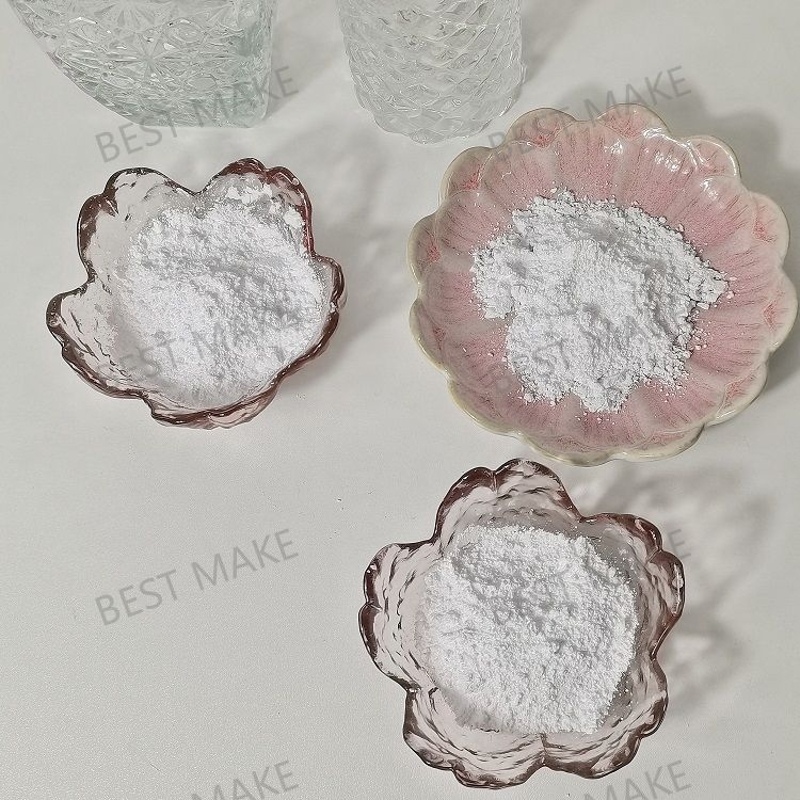-
Categories
-
Pharmaceutical Intermediates
-
Active Pharmaceutical Ingredients
-
Food Additives
- Industrial Coatings
- Agrochemicals
- Dyes and Pigments
- Surfactant
- Flavors and Fragrances
- Chemical Reagents
- Catalyst and Auxiliary
- Natural Products
- Inorganic Chemistry
-
Organic Chemistry
-
Biochemical Engineering
- Analytical Chemistry
- Cosmetic Ingredient
-
Pharmaceutical Intermediates
Promotion
ECHEMI Mall
Wholesale
Weekly Price
Exhibition
News
-
Trade Service
The hydrides include ionic hydrides, molecular hydrides and metal hydrides
.
1.
Ionic hydride
Hydrogen directly combines with alkali metals and most alkaline earth metals at higher temperatures to form ionic hydrides
.
The molten ionic hydride conducts electricity
Alkali metal and alkaline earth metal hydrides are white or off-white, and many of their properties are similar to salts, so they are sometimes called salt hydrides
.
Among them, LiH and BaH 2 have high thermal stability, and other hydrides are decomposed into corresponding elements before melting
The ionic hydride reacts violently with water and releases hydrogen
.
NaH+H 2 O=H 2 +NaOH
In non-aqueous polar solvents, ionic hydrides can combine with some electron-deficient compounds to form complex hydrides
.
Both ionic hydride and composite hydride have strong reducing properties and are good reducing agents
.
TiCl 4 +4NaH=Ti+4NaCl+2H 2
2.
Molecular hydride
The hydrides of the elements in the p-zone of the periodic table belong to molecular crystals.
This type of hydride has a low boiling point and melts.
Under normal conditions, it is mostly a gas, so it is called a molecular hydride
.
The properties of molecular hydrides in water vary greatly
.
HCl, HBr and HI are completely dissociated in water and show strong acidity.
3.
Metal type hydride
The hydrides of d-block elements and f-block elements basically retain the metal-specific physical properties such as metallic luster and conductivity, so they are called metallic hydrides
.
Some metal hydrides are full-scale compounds, such as CrH 2 , NiH, CuH, and ZnH 2 ; others are non-scale compounds, such as PdH0.
8 and some f-zone element hydrides
Pt cannot form hydrides, but hydrogen can form chemical adsorption on the surface of Pt, and Pt can be used as a catalyst in the hydrogenation reaction
Related Links: Properties and Preparation of Hydrogen







